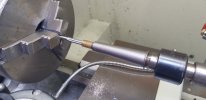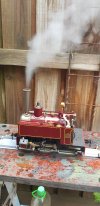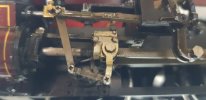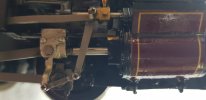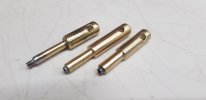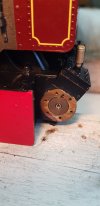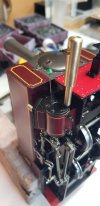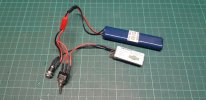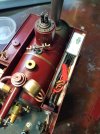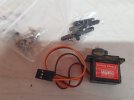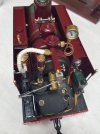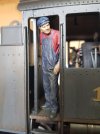David Price
Registered
I thought I would start this thread to the existing Decauville Q&A on the 7/8" forum in the SE Lounge as that site appears to have some difficulty in accepting files and images, despite the thread being extremely helpful to anyone who has one of these engines.
If members on this forum are interested I will detail some of the additional issues I encountered with this locomotive before converting it to full radio control. Most of my comments will be in addition to the now 37 pages of information regarding this engine in the Decauville Q&A thread on the 7/8" forum.
If there is interest I will document some of the issues that were not covered in the Q&A thread that I had to sort just to get it to run well under manual control and then detail the conversion to a Fosworks system with both regulator and reverser servos.
Before I go into detail I'd appreciate any comments whether posting this info is worthwhile.
If members on this forum are interested I will detail some of the additional issues I encountered with this locomotive before converting it to full radio control. Most of my comments will be in addition to the now 37 pages of information regarding this engine in the Decauville Q&A thread on the 7/8" forum.
If there is interest I will document some of the issues that were not covered in the Q&A thread that I had to sort just to get it to run well under manual control and then detail the conversion to a Fosworks system with both regulator and reverser servos.
Before I go into detail I'd appreciate any comments whether posting this info is worthwhile.



